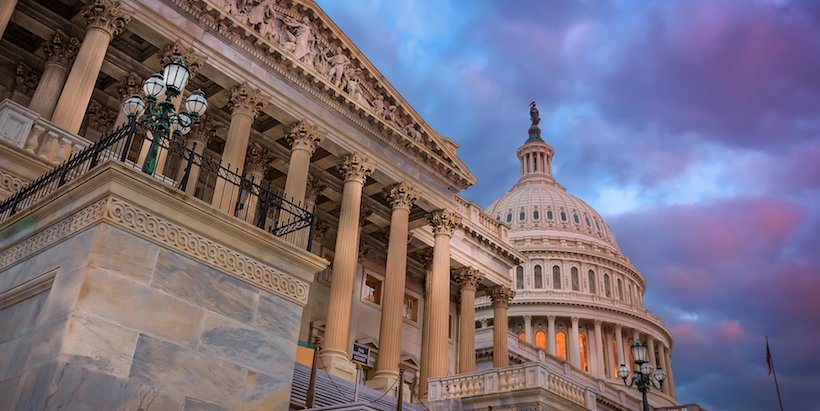It’s feasible the next Democratic nominee for president could win the White House by accruing just 37 percent of the white vote.
That’s one of several staggering statistics that jumps out in Ron Brownstein’s fresh examination of Republicans reliance on the white voter for National Journal.
Here’s the key graph that encapsulates the daunting math the GOP faces in 2016 if it doesn’t make significant inroads with non-whites:
If minorities reach 30 percent of the vote next time, and the 2016 Democratic nominee again attracts support from roughly 80 percent of them, he or she would need to capture only 37 percent of whites to win a majority of the popular vote. In that scenario, to win a national majority, the GOP would need almost 63 percent of whites. Since 1976, the only Republican who has reached even 60 percent among whites was Reagan (with his 64 percent in 1984). Since Reagan’s peak, the Democratic share of the white vote has varied only between 39 percent (Obama in 2012 and Clinton in the three-way election of 1992), and 43 percent (Obama in 2008 and Clinton in 1996).
Spurred by the immigration debate, GOP number crunchers are in the midst of a debate over whether the party should concentrate on growing its lead with white voters or focusing on improving its dreadful performance with minorities.
The numbers that Brownstein so skillfully lays out supports the ladder as the smartest option, essentially because reaching Ronald Reagan’s 1984 vote-share with whites — 64 percent — seems like a bygone era.
Veteran Republican pollster White Ayres tells Brownstein:
“Any strategy that is predicated on [consistently] getting a higher percentage of the white vote than Ronald Reagan got in 1980 is a losing strategy,” he says. “It’s the same thing Democrats would talk about in the late 1980s after they had lost five of the previous six presidential elections in the popular vote. What they would say is, we need to get the nonvoters to vote; the nonvoters are with us. It never happened.”
Then, of course, there’s the Hillary factor to consider: The first (white) female presidential nominee could pull away white women that Republicans have counted on as part of their coalition. Yet, as Brownstein notes, Hillary wouldn’t even need to carry white women to win.
That doesn’t mean Hillary Clinton would be a favorite to win most white women (no Democrat has since Bill Clinton in 1996), and she has almost no chance of carrying most working-class whites. But absent big GOP gains with minorities, she could win, even comfortably, just by maintaining Obama’s showing with whites; Republicans would face the burden of pushing her below Obama’s performance. Though it’s very early, the first 2016 polling instead has generally shown her trimming Obama’s deficit among whites both nationally and in key states. Ayres says that rather than hoping to increase their showing with whites, Republicans must prepare for “the likelihood that the Democratic nominee, particularly one who doesn’t come from the far left wing of the party, will get [a] higher proportion of the white vote” than Obama did in 2012. “That means,” Ayres adds, “Republicans have simply got to rethink the formula of how you get to 50-plus-1 percent.”
Follow Dave’s blog at TheRun2016.com








